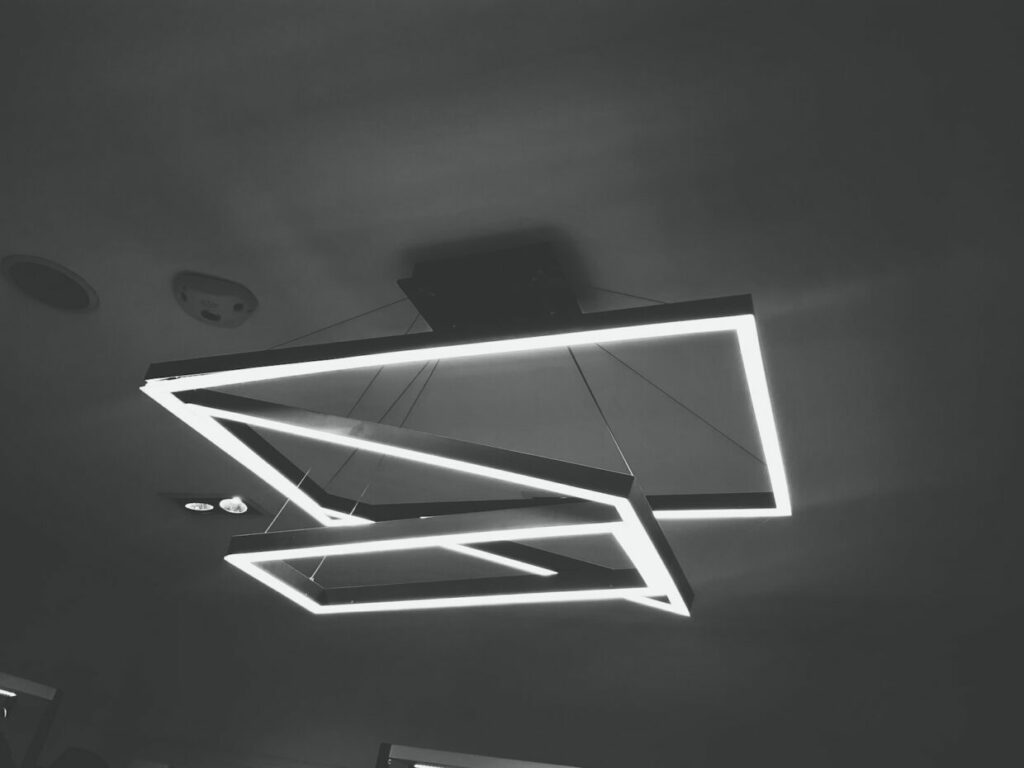If your home in Auckland is plagued by leaks and cracks, it might be time to fix GIB now and for good! This DIY guide will take you through the practical step-by-step process of how to do GIB fixing in Auckland, and provides useful information on why this repair is essential.
Why Fix GIB?
It’s important to tackle GIB repair before the damage gets worse. Water leakage can cause serious structural damage that ultimately ends up costing more money. If water is seeping through cracks in the walls or ceiling, it can eventually settle into timber, creating rot and resulting in substantial expense. It’s important to note that fixing GIB can also help keep energy costs down. Since GIB helps insulate your home, any air gaps caused by leakage can contribute to higher bills that far exceed the cost of repairs.
What You’ll Need
- GIB screws
- GIB plasterboard
- Sandpaper
- Gyprock Jointing Compound or Filler
- Stanley knife.
Step One: Identify The Extent Of Damage
First, examine the affected area to assess the extent of the damage. Determine what needs replacing and what tools will be required to complete the job. For instance, if you need to replace a large section of wet damaged GIB, then a full-size sheet of plasterboard should be procured. Moreover, examine closely for any signs of mould or fungal growth, as this could become hazardous for your health if not treated.
Step Two: How To Replace The Damaged Area Of GIB?
A Stanley knife will be needed to cut out the damaged area of GIB. Be sure to measure twice before making any cuts as mistakes here could be costly! Once the corner is cut out, make sure that the replacement board fits perfectly in its place. It should fit firmly with no gaps between the two boards.
Step Three: Preparing To Screw In The New Board & Finishing Touches
Before affixing the new board into position, use sandpaper to smooth any rough edges. This ensures a strong seal between wall studs and boards. Use a spirit level throughout this process as a crooked installation might lead to problems down the line.
Next, screw in the new board using GIB screws at intervals where necessary for added strength; usually, these should be about 150mm apart from each other along both edges.
Finally, you will need some kind of jointing compound or filler. This is applied where necessary to seal off any remaining gaps and ensures a smooth finish.
Step Four: Final Painting or Wallpaper Touch-up
Now that everything has been fixed, it’s time for some touch-ups! If you plan on painting, make sure you clean up all surfaces before applying a fresh coat. When applying wallpaper, use a special adhesive specifically designed for GIB surfaces. Finally, leave enough drying time before usage so that everything adheres properly.
Time & Expenses Needed For GIB Restoration
Depending on the extent of damage, fixing GIB can take anywhere between one day and three days. A DIY job such as this will typically cost around $100 – $150 depending on the size of materials needed. It is suggested however that professional help should be considered if there’s extensive damage.
Precautions Required When Fixing GIB
Although not too complex on its own, repairing G IB requires certain precautions in order to prevent future problems such as mould growth. Make sure all materials used are suitable for use with gypsum-based products, observe safety precautions while using power tools such as drills ( e . g . safety glasses ), and ensure proper ventilation when using solvents or strong cleaning chemicals. Also, remember to keep an eye out for asbestos as older homes may contain these substances. Lastly, dispose of all waste responsibly afterward.
Conclusion: Fixing GIB For Good In Auckland!
By following this step-by-step guide you ’ ‘ll be able to say goodbye to those nasty leaks and cracks forever! Doing so will ensure your home has proper insulation, mitigate health risks from moisture accumulation, and ultimately save money on energy bills down the line.







